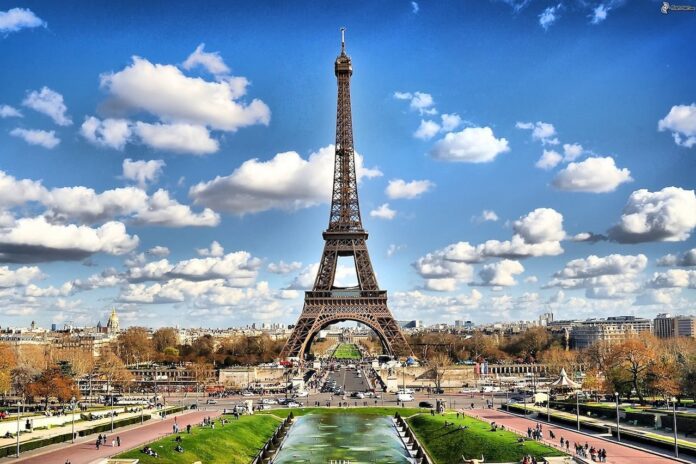The Eiffel Tower, an iconic symbol of France and one of the most recognizable structures in the world, is not just a marvel of engineering but also a testament to the fascinating properties of materials. While it stands tall and majestic throughout the year, there’s a curious phenomenon that occurs each summer – it grows slightly taller. Yes, you read that right! The Eiffel Tower can be up to 15 centimeters taller during the summer months due to the expansion of iron in the heat. In this article, we delve into the science behind this intriguing occurrence and explore the tower’s unique response to temperature fluctuations.
Page Contents
The Eiffel Tower: A Brief History
Before we unravel the science behind the Eiffel Tower’s seasonal growth spurt, let’s take a moment to appreciate the history of this iconic landmark. Built in 1889 as the centerpiece of the Exposition Universelle (World’s Fair), Gustave Eiffel’s masterpiece was met with mixed reactions. Some Parisians initially considered it an eyesore, but over time, it has become an enduring symbol of France’s architectural prowess and cultural heritage.
Read Also : The Astonishing Density of Neutron Stars: A Teaspoon’s Weight in Billions of Tons
Iron’s Response to Temperature Changes
At the heart of the Eiffel Tower’s unique summer transformation lies the behavior of iron, the primary material used in its construction. Iron is known for its ability to expand and contract with changes in temperature. This property is the result of the atomic structure of iron, which becomes more energetic and dynamic as it absorbs heat, causing its atoms to vibrate more vigorously.
When the sun beats down on the Eiffel Tower during the scorching summer months, the metal absorbs heat energy. As a result, the iron lattice structure that forms the tower’s framework expands, causing the entire structure to increase in height. Conversely, during the colder winter months, the iron contracts as it loses heat, causing the tower to slightly shrink.

The Science Behind the Growth
To understand the science behind the Eiffel Tower’s seasonal expansion, it’s crucial to consider the tower’s towering height of 330 meters (1,083 feet) and the considerable amount of iron used in its construction. The expansion of iron due to temperature changes is relatively small on a daily basis, but when applied to a structure as massive as the Eiffel Tower, it becomes significant.
For every 100°C (180°F) change in temperature, a one-meter (about 39 inches) length of iron will expand or contract by approximately 1.2 millimeters (0.047 inches). Given the tower’s considerable height, this expansion can accumulate to create a noticeable effect during the hot summer months.
Measuring the Expansion
Precise measurements of the Eiffel Tower’s expansion have been conducted over the years to confirm this phenomenon. Engineers use sophisticated instruments to monitor the tower’s height throughout the year. They have discovered that during exceptionally hot summers, the Eiffel Tower can indeed grow by as much as 15 centimeters (nearly 6 inches). This expansion is typically most noticeable at the top of the tower, near the pinnacle.

Practical Implications
The expansion of the Eiffel Tower due to temperature changes is not just a fascinating scientific phenomenon; it also has practical implications for the tower’s maintenance and preservation. Engineers and maintenance crews must take into account the tower’s changing height when performing routine inspections and repairs. While 15 centimeters may not seem like much, it can affect the tower’s structural integrity over time.
Furthermore, this expansion and contraction cycle necessitates the use of specialized materials and construction techniques to ensure the tower’s long-term stability. The Eiffel Tower’s ongoing preservation efforts include painting it every seven years to protect it from corrosion, taking into account its altered dimensions during the summer months.
Read Also : The Amazon Rainforest: A Lush Haven of 390 Billion Trees
Conclusion
The Eiffel Tower’s ability to grow taller in the summer heat due to the expansion of iron is a captivating demonstration of the intricate relationship between architecture and materials science. This phenomenon, which adds a touch of whimsy to an already awe-inspiring structure, reminds us that even the most iconic landmarks can reveal hidden secrets when we look closely.
So, the next time you find yourself strolling through Champ de Mars on a scorching summer day, take a moment to appreciate the Eiffel Tower’s seasonal growth, knowing that it’s not just a symbol of France’s cultural heritage but also a testament to the ever-fascinating properties of the materials that make up our world.


